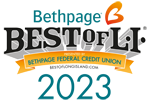Most dogs love to eat, and they have trouble saying no to a good meal. But just because your dog is happy to eat whenever you offer them food, it doesn’t mean their feeding schedule is optimized for their needs. Depending on a number of factors, your dog may benefit from one of several different feeding patterns.
Of course, not every routine is right for every dog. And don’t worry – when your dogs stays with Dan’s Pet Care at our doggy daycare facility, we’ll work with you to accommodate their unique needs. So, let’s take a look at a few options you have when deciding on a mealtime routine for your dog, and how you can decide on the best one.
Feeding Schedules For Your Dog That Aren’t Ideal
Some feeding schedules just don’t work well for most dogs. Here are a couple of routines you may want to avoid. Be sure to consult with your vet to find the ideal solution for your dog.
Grazing
Grazing, also known as free feeding, means your dog is free to eat as much as they want, any time they want. Especially in households with multiple dogs, it can be tempting to just keep the food flowing all day long. That way, your pets can freely graze, and you don’t need to worry about being home for mealtimes. But free feeding can have serious consequences for your pet’s health.
Many dogs simply aren’t able to determine when they’ve had enough to eat. Your dog’s wild ancestors needed to eat anytime they found prey in order to survive. But today’s household pets are usually much more sedentary than wild dogs of the past – and if they’re allowed to overeat, they often will. In addition, if you have more than one dog, grazing can make it hard to monitor whether one dog is stealing food from another dog. Instead of letting your dog graze, try using a timed automatic feeder to space out mealtimes and control portion sizes.
Sharing human food
Many dogs get their own meals and treats, plus a little extra whenever the humans are eating. If your dog is used to getting table scraps, you may have a hard time helping them to unlearn the habit. But your dog’s digestive system just isn’t meant to handle many of the things humans like to eat. Even when you avoid toxic ingredients like chocolate and xylitol, your dog could end up eating too much grease and sugar and suffering from chronic metabolic diseases if you share your food with them. If your dog is used to human food, they might turn up their nose at going back to dog food, so work with your vet to set up an appropriate strategy for transitioning back.
One meal a day
Your dog needs to eat at least once every 12 hours. If they don’t, they can suffer from nausea and other forms of GI upset. Plus, your dog is likely to be unhappy and uncomfortable after fasting for 12 hours. If you’re away from home for long periods of time, Dan’s Pet Care can help you provide your dog with consistent meal times and keep their digestive system working smoothly.
Feeding Schedules For Your Dog That Often Work Well
Most dogs do best when they’re fed at regular intervals, either 2 or 3 times per day. Whether you opt for 2 or 3 meals depends largely on your schedule. However, if you’re going from feeding your dog twice daily to 3 times per day, be sure to reduce the amount of overall calories in each meal.
Especially if you’re training your dog, you may also want to incorporate some snacks and treats throughout the day. Make sure to choose low-calorie treats that won’t contribute as much to obesity, and reduce your dog’s mealtime portion sizes to compensate for the treats. If your dog begins to pack on the pounds, ask your vet about low-calorie foods or reduced portion sizes. Exercise is a great way to combat obesity, but if your dog is eating way too many calories every day, it won’t be able to fully compensate for the excess.
Does Your Dog Need Some Extra Support? Call Dan’s Pet Care!
If your daily routine is too busy to give your dog the consistent attention they need, Dan’s Pet Care can help. We can handle all of your pet care needs, from grooming to doggy daycare to walks and much more. To get started, fill out our consultation form today.





